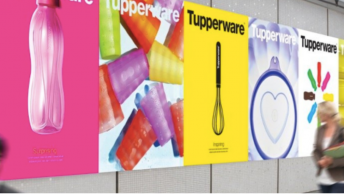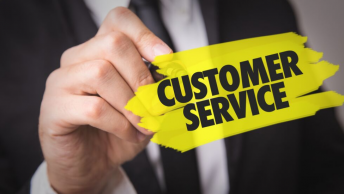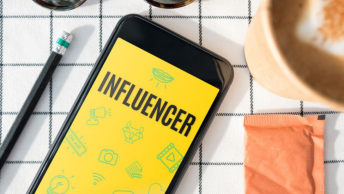Most businesses don’t have a clear understanding of what relationship marketing is and how to successfully put it into practice.
A common misconception is that the relationship marketing blueprint is all about social media. Some people may believe it’s opposite from traditional marketing and it even excludes older channels like email marketing.
That’s simply not true.
I’ve come across several business professionals who have separate opinions about social media and “traditional” marketing. They believe social media has everything to do with building relationships, and that traditional marketing channels are used for selling. Believe it or not, both channels complement one another.
One important business principle regarding customers is that it’s more expensive to acquire new customers than it is to keep existing customers. With this in mind, is it more beneficial to prioritize relationship building or sales?
Hopefully, we can discuss this in the comments section at the end of this post.
Before doing so, let’s dive deeper into relationship marketing.
The Relationship Marketing Blueprint
What is Relationship Marketing?
TechTarget defines relationship marketing as a customer relationship management strategy designed to encourage strong, lasting customer connections to a brand. It is a facet of customer relationship management (CRM) that focuses on customer loyalty and long-term customer engagement rather than shorter-term goals like customer acquisition and individual sales.

As shown above, the goal of the relationship marketing blueprint is to create strong, emotional, customer connections to a brand that can lead to ongoing business, free word-of-mouth promotion, and insights gleaned from customers that can generate leads.
How Relationship Marketing Can Increase ROI.
Naturally, there is an increase in profitability associated with relationship marketing.
Here are the most significant factors:
- Increases Customer Visits. People like to do business with whom they know and trust. There is a reason why we all shop at locations where we are most comfortable. It’s the relationship we have with the business or sales rep that keeps us coming back.
- No Need to Date. Just like our personal relationships, if you keep someone happy they’ll have no reason to look elsewhere. A valuable relationship with a brand makes it easier to shop. There is already an established connection that will make the purchase process easier as both brand and consumer are familiar with one another.
- It’s Cheaper to Keep’em. One principle you’ll learn in any MBA program is that the cost of acquiring a new customer is more expensive than keeping your current customers. Based on this principle, it’s evident that you’ll increase your ROI when implementing a relationship marketing strategy.
- Expansion Becomes Easier. Your loyal customers are more likely to purchase your ancillary products and support new ventures. Once you have built a relationship, you have your customer’s attention. Leverage that attention when launching new products or services.
- Increases Word-of-Mouth. Strong relationships cause your customers to happily refer your business to their friends. As a result, their friends certainly will consider your business as the referral came from a trusted source.
The key is to prove yourself useful to customers who may not want a relationship with your business (outside of your product of course).
Use These Channels for Your Relationship Marketing Strategies.
Customer service
The foundation to providing great customer services is built on reciprocity and personalization. Equip your customer service representatives with clear goals and guidelines without suffocating them with red tape. Based on my experience, I notice that companies with exceptional customer service make it a priority to invest in employees who understand the importance of customer retention.
Content Marketing
This underscores the importance of using content marketing to enhance your relationship marketing efforts. Content marketing will enable you to build long lasting relationships with customers. By offering free resources first, like how to videos, webinars, and helpful documentation, you will start your relationship marketing on the right foot.
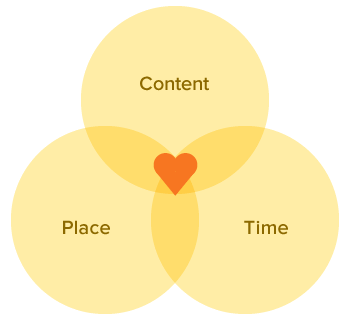
As the HubSpot diagram displays above, by publishing the right content in the right place at the right time, your marketing becomes relevant and helpful to your customers.
Social media
If you have read my blog before you should know that social media is a great tool for building relationships with customers. Particularly, traditional Customer Relationship Management (CRM) has evolved to Social Customer Relationship Management (SCRM).

The chart above details the dynamic of this transition. Hopefully, it provides enough insight to explain how social media is a great tool for relationship marketing. See how it applies to your business. Are you set up to successfully transition from CRM to SCRM?
There’s a reason social networks ask for your email when you sign up. Email is still a good way to turn your audience into customers, and it provides a nice ROI when compared with other digital channels.
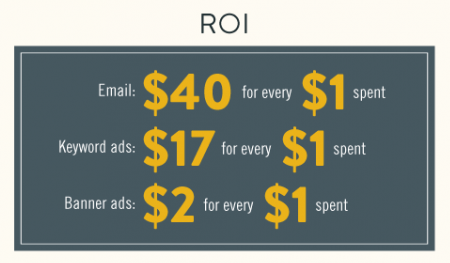
Customers, for example, are more focused on your email messages than a message on Facebook. Further, the delivery of your email message is not dependent on making its way through social media algorithms. As long as the company email address is associated with the email message sent, it’ll certainly find its way to your customer’s inbox.
Unlike social media, all of this can happen without your customer being distracted by memes, cat photos, and prank videos.
Although some prank videos are hilarious!
Loyalty Programs
As with every aspect of relationship marketing, creating a loyalty program starts with knowing what your customers want and what they’ll do to get it.
Here’s a chart that displays popular loyalty programs and benefits.

I’ll be honest by saying that customer loyalty programs may seem far-fetched to the average business, but make no mistake — they work!
Final Thoughts
As you have read, the relationship marketing blueprint can increase your ROI. Your business can use customer service, content marketing, social media and email to develop long lasting relationships.
If you have ever dated in your life, you’re quite familiar with the saying: “It’s cheaper to keep her (or him)”.
Well, when talking about customer retention, this is certainly true. Since it’s more expensive to acquire new customers than keep current customers, you should prioritize the relationship over the sale.
Once you agree with that statement, start establishing a relationship marketing blueprint for your organization. When executed correctly, you certainly will see an increase in ROI.
What would you prefer to build, the relationship or the sale? Please comment below…





